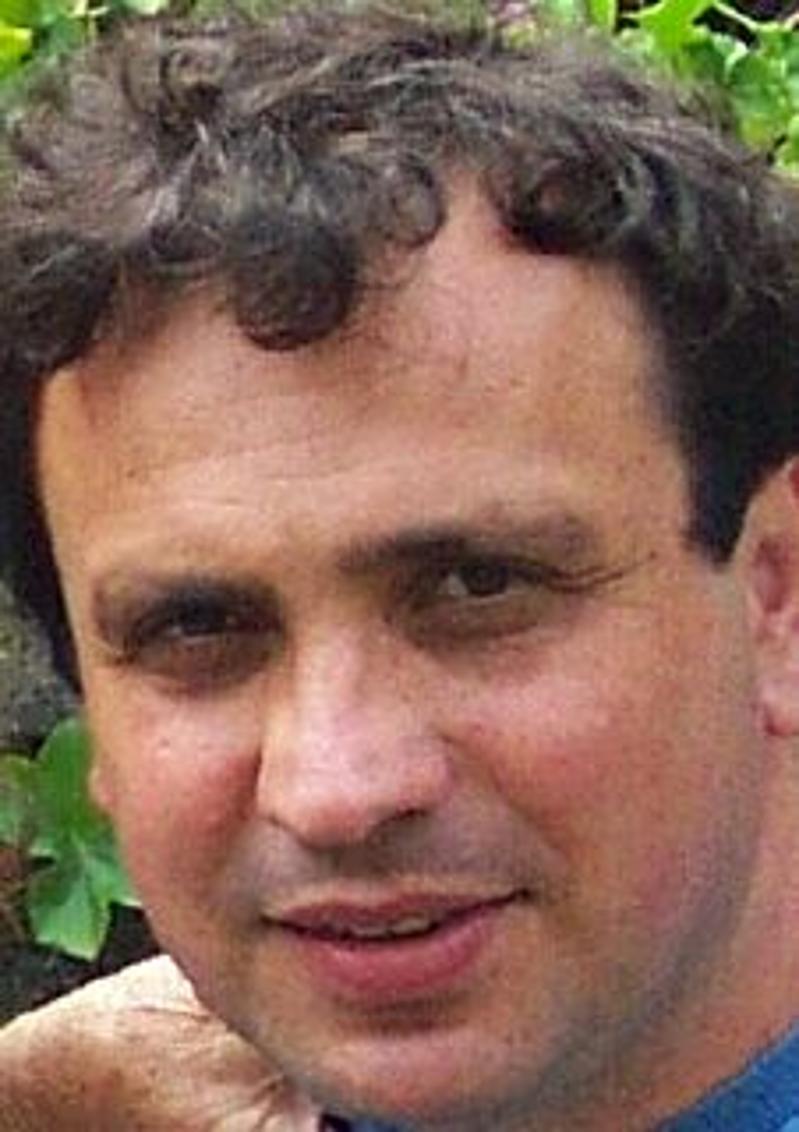You are here :
Vojkan Jakšić

Presentation
Vojkan Jaksic has received his PhD in 1991 at California Institute of Technology. Since 2001 he is Professor of Mathematics at the McGill University in Montreal, Canada. His research interests are in the field of mathematical physics. Vojkan Jaksic was the Convenor of the XIX International Congress on Mathematical Physics held in Montreal, July 23-28, 2018, he is serving as a member of the Executive Committee of the IAMP 2015-2020, and has served as a member of the ERC Consolidator Grant Panel jn 2015 and 2017, Section Mathematics (PE1).
Research project
The phenomena of the world are irreversible: we remember past and not future, a broken window does not suddenly reassemble itself, the heat flows from hot to cold. Since the early days of statistical mechanics the macroscopic distinction between past and future has caused wonder. How does irreversible thermodynamics emerge from time reversible microscopic equations of classical and quantum mechanics? How can one explain the constant increase of entropy (disorder) around us on the basis of mechanics? The fundamental works of Boltzmann, Gibbs, Maxwell, Einstein and many others have explained the phenomenon, but the issue has caused (and still does) much discussion and controversy.
From the mathematical side, the vision and insights of the statistical mechanics forefathers are very difficult to justify rigorously and have led to some exceedingly difficult problems in mathematics, most of which are still open. A mathematically rigorous justification of their ideas is one of the major open fields in mathematical physics. My project concerns mathematical development of Boltzmann's ideas in the context of classical and quantum statistical mechanics, and is centred around the notions of non-equilibrium steady states and entropy production. This research program involves some of the most advanced tools of modern mathematics, and will be carried in part in collaboration with L. Bruneau and A. Shirikyan at the UCP Department of Mathematics.


